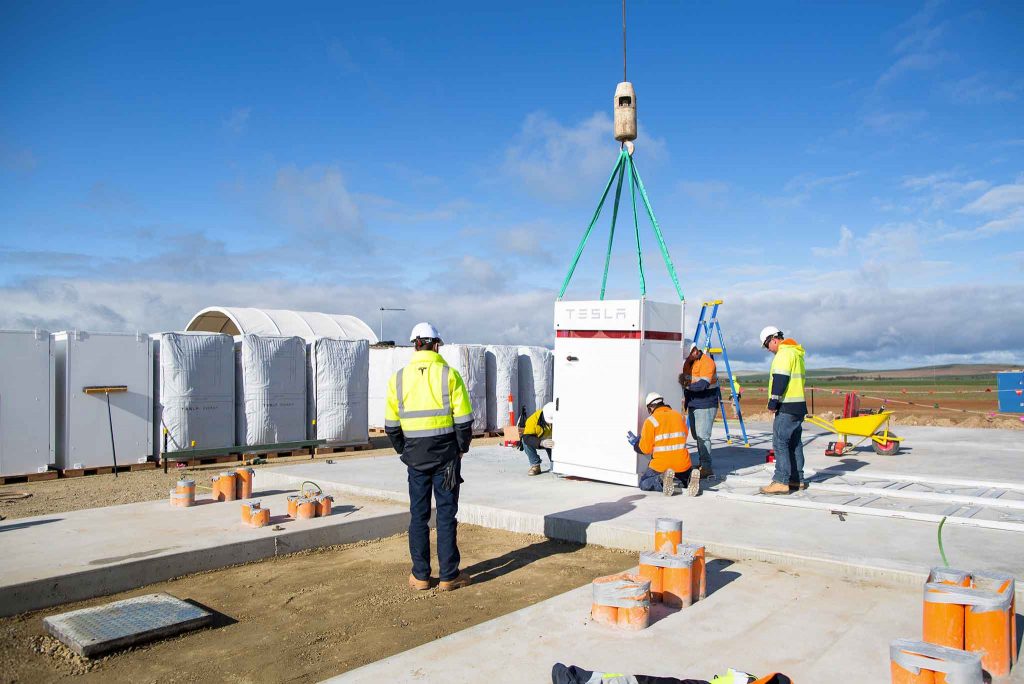How are big batteries helping to transition to renewables?
Massive batteries are helping to keep the grid stable as more renewable generation comes online.

Australia is proving that the wind and sun can provide clean, affordable supplies of renewable energy, but storing that power will be key to managing the variability of the weather.
Like the batteries we use in our day-to-day life, banks filled with thousands of lithium-ion cells can provide power to the electricity grid.
Able to be called on in the event of generation shortfalls, blackouts or just to stabilise the frequency of the electricity network, battery storage has an important role to play as more renewable energy comes online.
Led by the massive Hornsdale Power Reserve that came online in December 2017, battery technology is maturing quickly. To date, ARENA has provided funding for grid-scale batteries in Victoria, South Australia and New South Wales and also supported the expansion of the Hornsdale Power Reserve.
How do big batteries work?
Like an analogue radio, the electricity grid needs to be kept in tune. If demand for electricity exceeds supplies, network frequency can drop, triggering a cascading shutdown of generators leading to a total blackout.
Batteries help by responding to shortages, using excess energy stored from windy and sunny periods to provide frequency control ancillary services to bolster the grid when demand outstrips supply.
The early evidence shows that batteries can provide this service more quickly and affordably than the power stations that network operators have relied on in the past.
Finding renewable alternatives is important as fossil fuel power stations are progressively retired and more of our energy is supplied by the sun and wind. The variability of wind and solar also means that more FCAS is needed to keep the grid in tune.
As well as stabilising the electricity network, these batteries are able to power the grid if there are major generation outages. The Gannawarra battery in Victoria’s north-west has enough power to supply 16,000 homes with electricity for two hours from a single charge.
Why big batteries?
They are on the rise, but far from the only way to store energy. Pumped hydro, compressed air and even hot water are being deployed to store renewable energy and provide a dependable supply of electricity.
The technologies have different strengths. While batteries may be quick to install and the fastest way to respond to imbalances in the network, pumped hydro can provide large amounts of energy over long periods.
READ MORE ABOUT ARENA’S SUPPORT FOR BIG BATTERY PROJECTS
With the Australian Energy Market Operator believing that about 15 GW of large-scale storage will be needed by the early 2040s, there is likely to be a role for a range of technologies. AEMO’s consultation around its 2020 Integrated Systems Plan found that battery costs have fallen faster than initially expected as battery life has increased, improving the economic case for batteries over other storage technologies.
The Australian Government’s first Low Emissions Technology Statement has also prioritised energy storage to provide a reliable, firm supply of electricity from wind and solar.
LIKE THIS STORY? SIGN UP TO OUR NEWSLETTER

ARENA